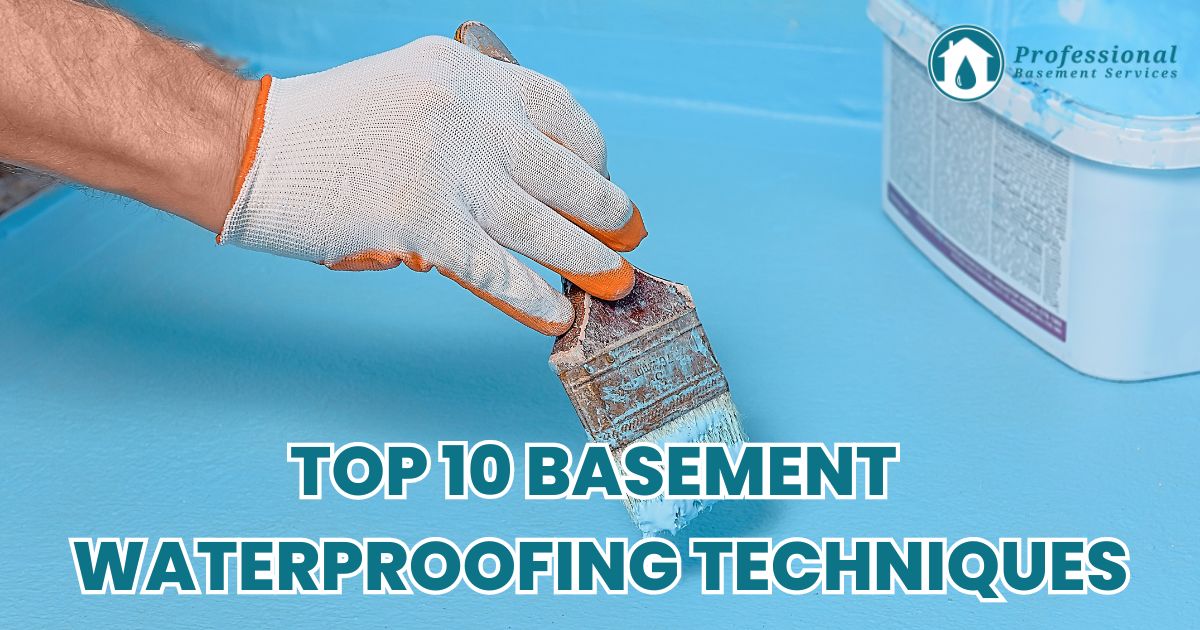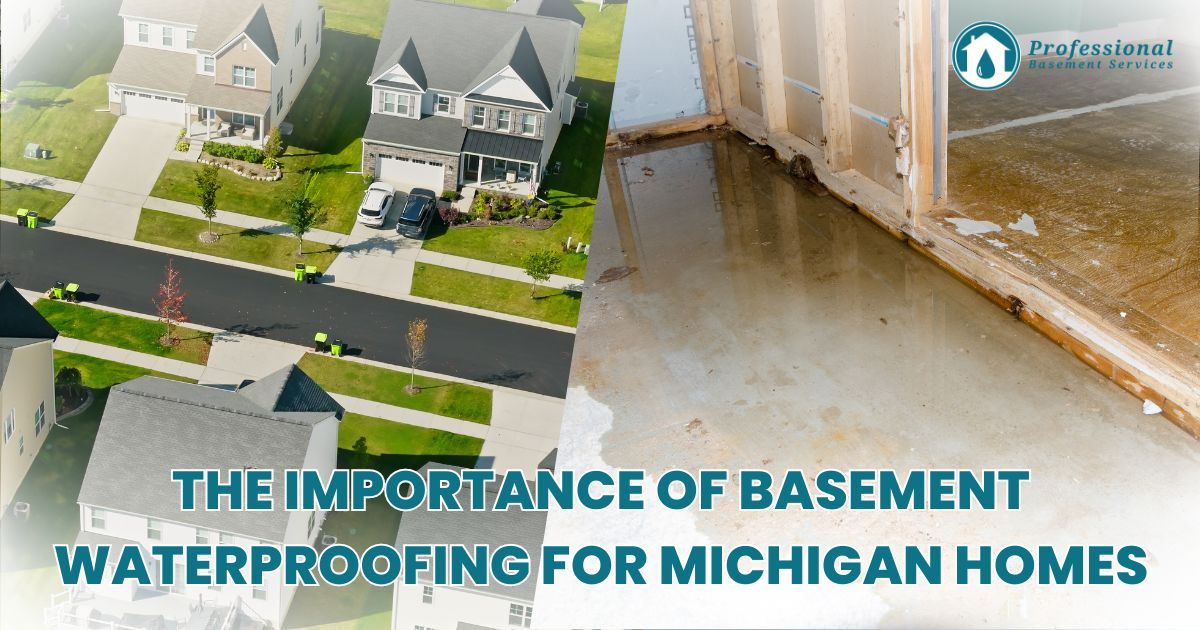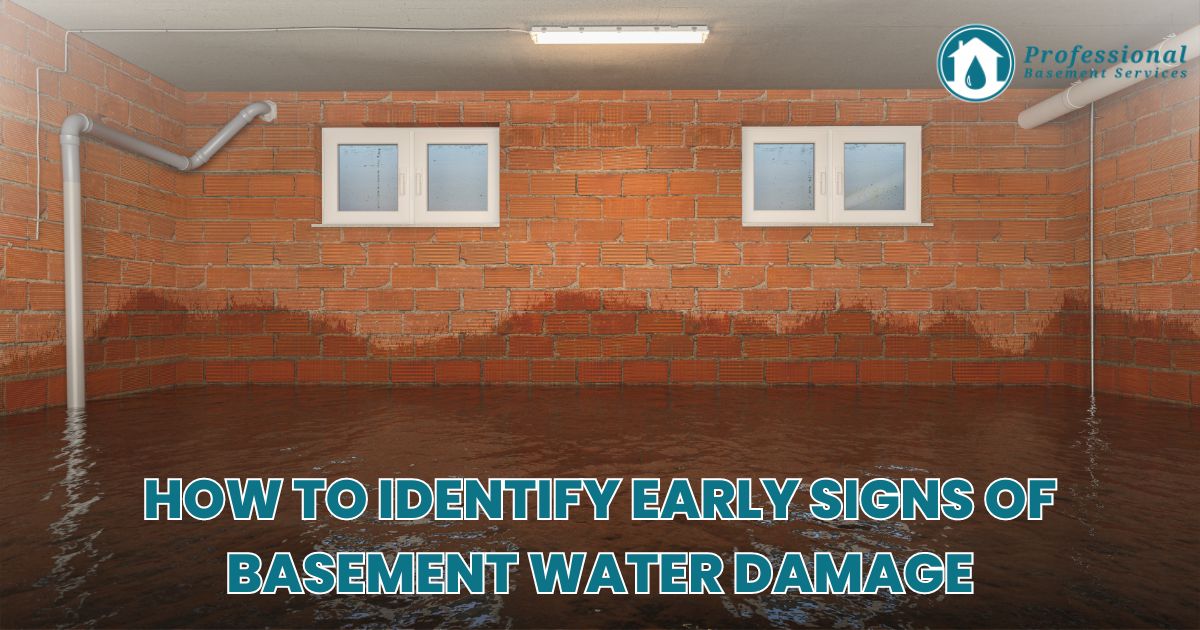How to Spot and Fix Foundation Cracks Before It’s Too Late
Foundation cracks can be the silent destroyers of homes, creeping unnoticed until they cause significant structural damage. Early detection and repair are crucial to maintaining your home’s integrity and safety. This guide will provide homeowners with essential insights on how to spot and fix foundation cracks, safeguarding their property against potential disasters.
Understanding Foundation Cracks
Foundation cracks vary in severity from minor aesthetic issues to major structural threats. They can arise from various causes, including soil settling, hydrostatic pressure, and extreme weather conditions. Recognizing the type of crack and its cause is the first step in addressing the problem effectively.
Types of Foundation Cracks
- Hairline Cracks: Usually not a structural concern and often caused by concrete shrinkage.
- Vertical Cracks: Common in foundations and typically not a sign of structural issues if they remain narrow.
- Horizontal Cracks: Can indicate serious structural problems, often caused by hydrostatic pressure.
- Stair-step Cracks: Appear in masonry walls and can signify foundation settling or shifting.
Spotting Foundation Cracks
Regular inspections are key to early detection of foundation cracks. Look for signs both inside and outside your home, including:
- Cracks in walls, floors, or ceilings
- Doors and windows that stick or won’t close properly
- Uneven or sloping floors
- Gaps between wall seams or between the wall and the ceiling
When to Be Concerned
While some cracks may be harmless, others signal serious issues. Be particularly wary of horizontal cracks, wide gaps, and cracks that grow over time. These could indicate structural failure and require immediate attention.
How to Fix Foundation Cracks
The approach to fix foundation cracks depends on the type and severity of the crack. Here’s how to address various scenarios:
Minor Cracks
- Sealant or Epoxy: For hairline and small cracks, use a concrete sealant or epoxy injections to fill and seal the crack, preventing water intrusion.
Moderate Cracks
- Polyurethane or Epoxy Injections: For slightly larger cracks, especially those prone to leaking, injections can offer a more robust solution by not only sealing the crack but also flexing with the foundation’s movement.
Major Structural Cracks
- Professional Assessment: Engage a structural engineer to assess the damage and recommend solutions. This might involve underpinning, hydraulic lifting, or extensive structural repairs.
Preventative Measures
- Improve Drainage: Ensure water flows away from your foundation to reduce hydrostatic pressure.
- Maintain Gutters and Downspouts: Regular cleaning and proper extension can prevent water buildup around the foundation.
- Soil Management: Keep the soil around your foundation consistently moist to prevent excessive expansion and contraction, which can lead to cracks.
Hiring Professionals
For significant foundation issues, hiring a professional is imperative. A reputable contractor or structural engineer can provide a comprehensive assessment and tailor a repair strategy suited to your home’s specific needs. When selecting a professional, consider the following:
- Experience and specialization in foundation repair
- Licenses, insurance, and certifications
- Reviews, references, and past project examples
- Warranty or guarantee on the work performed
The Cost of Ignoring Foundation Cracks
Neglecting foundation cracks can lead to catastrophic damage, including complete structural failure. The cost of repairs can skyrocket if issues are not addressed promptly. Moreover, foundation problems can drastically reduce your home’s value and make it difficult to sell.
Conclusion
Foundation cracks are more than just unsightly; they can be harbingers of significant structural damage. By understanding how to spot and address different types of cracks, homeowners can protect their investment and ensure the safety of their property. Remember, early detection and appropriate repair are key to fixing foundation cracks before it’s too late.





